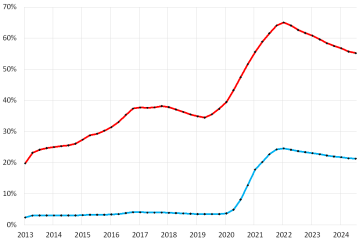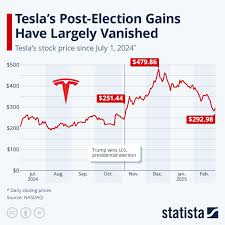Understanding the Rand Currency Fluctuations in 2023

The Importance of the Rand in Global Markets
The South African rand (ZAR) plays a significant role in global financial markets, serving as the economic backbone of South Africa. Its fluctuations affect not only local businesses and consumers but also international investors and trade relations. Understanding these fluctuations is crucial, especially as the world faces economic uncertainties stemming from geopolitical tensions and inflationary pressures.
Recent Trends in the Rand Value
As of October 2023, the rand has experienced notable volatility against major currencies. Initially, the currency climbed to 14.80 ZAR to 1 USD early in the year, buoyed by positive investor sentiment and higher commodity prices. However, recent months have shown a downward trend, with the rand slipping towards 17 ZAR to 1 USD, primarily driven by varying interest rates and global economic instability. Concerns surrounding South Africa’s fiscal policies and electricity supply issues have further contributed to the currency’s depreciation.
Economic Factors Influencing the Rand
Several factors continue to influence the movement of the rand. The South African Reserve Bank’s monetary policy, especially its interest rate decisions, play a critical role. In 2023, the central bank opted for a cautious approach, resulting in a slight increase in policy rates to combat inflation. Moreover, fluctuations in commodity prices, particularly minerals like gold and platinum that South Africa exports, have direct repercussions on the rand’s value.
Additionally, global factors, including the strengthening of the US dollar and geopolitical tensions in Eastern Europe and Asia, have negative implications for the emerging market currencies like the rand. South Africa’s trade balance, unemployment rate, and local political stability are also critical indicators that investors monitor closely.
Future Outlook for the Rand
Looking forward, analysts predict that the rand could experience continued volatility. As geopolitical tensions might ease or worsen, coupled with changing commodity prices, the currency’s future remains uncertain. Economists suggest that potential strategies to stabilize the rand may include strengthening trade partnerships and improving local economic fundamentals.
Conclusion
The rand remains a vital component of South Africa’s economy and its movements are reflective of both local and global economic climates. For investors and consumers, understanding the factors that contribute to its fluctuation is essential for making informed financial decisions. As the year progresses, keeping an eye on economic indicators will be crucial for anticipating further changes in the rand’s value.









